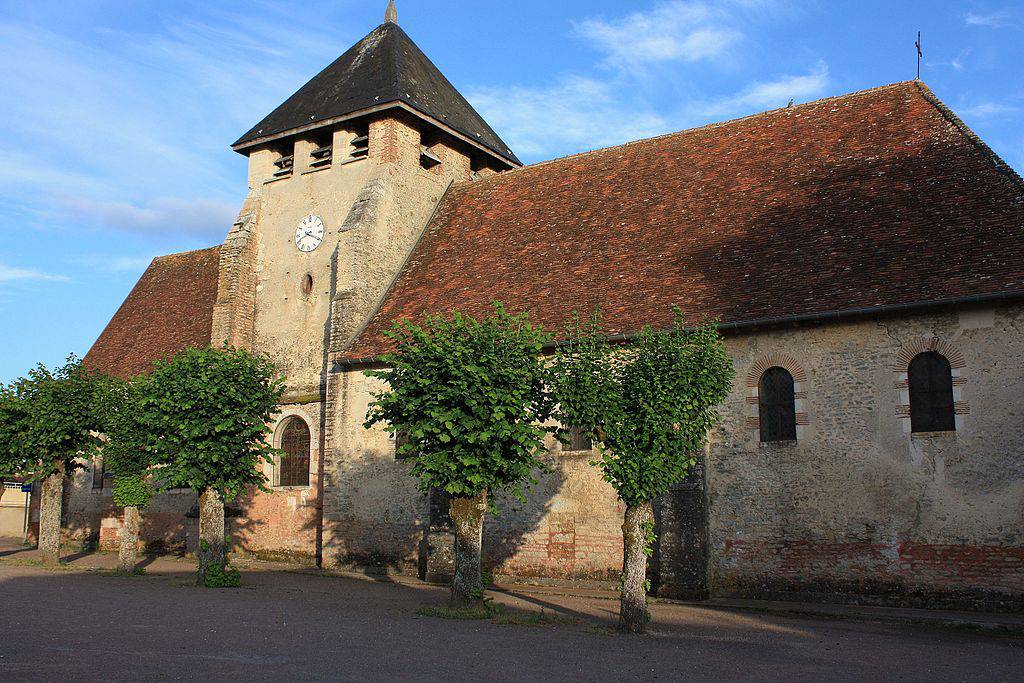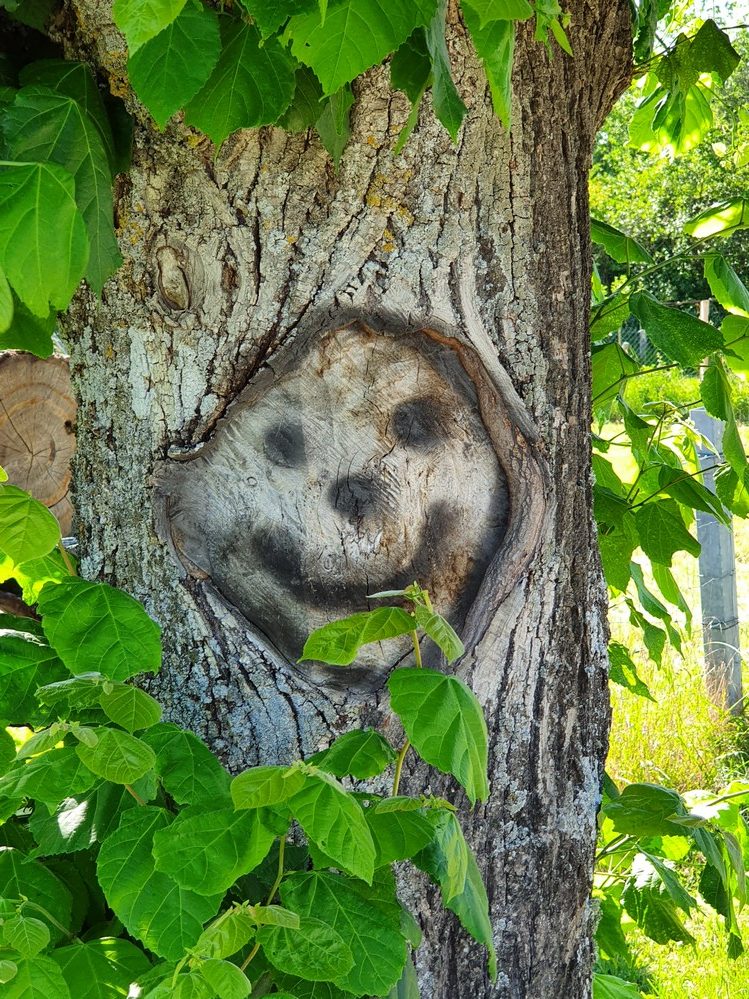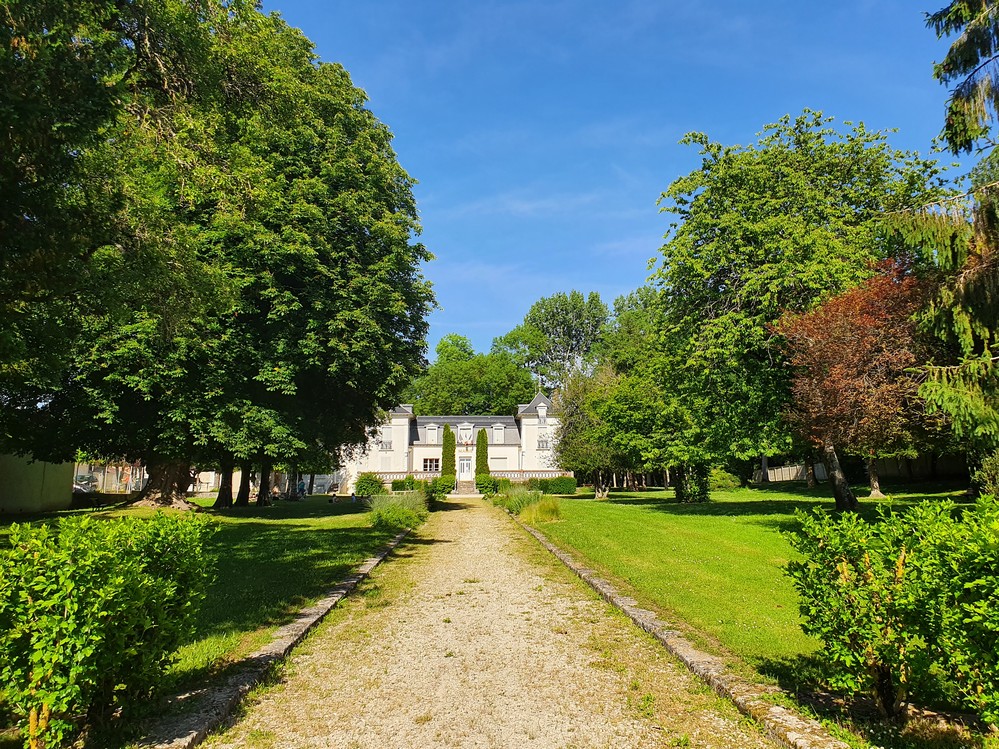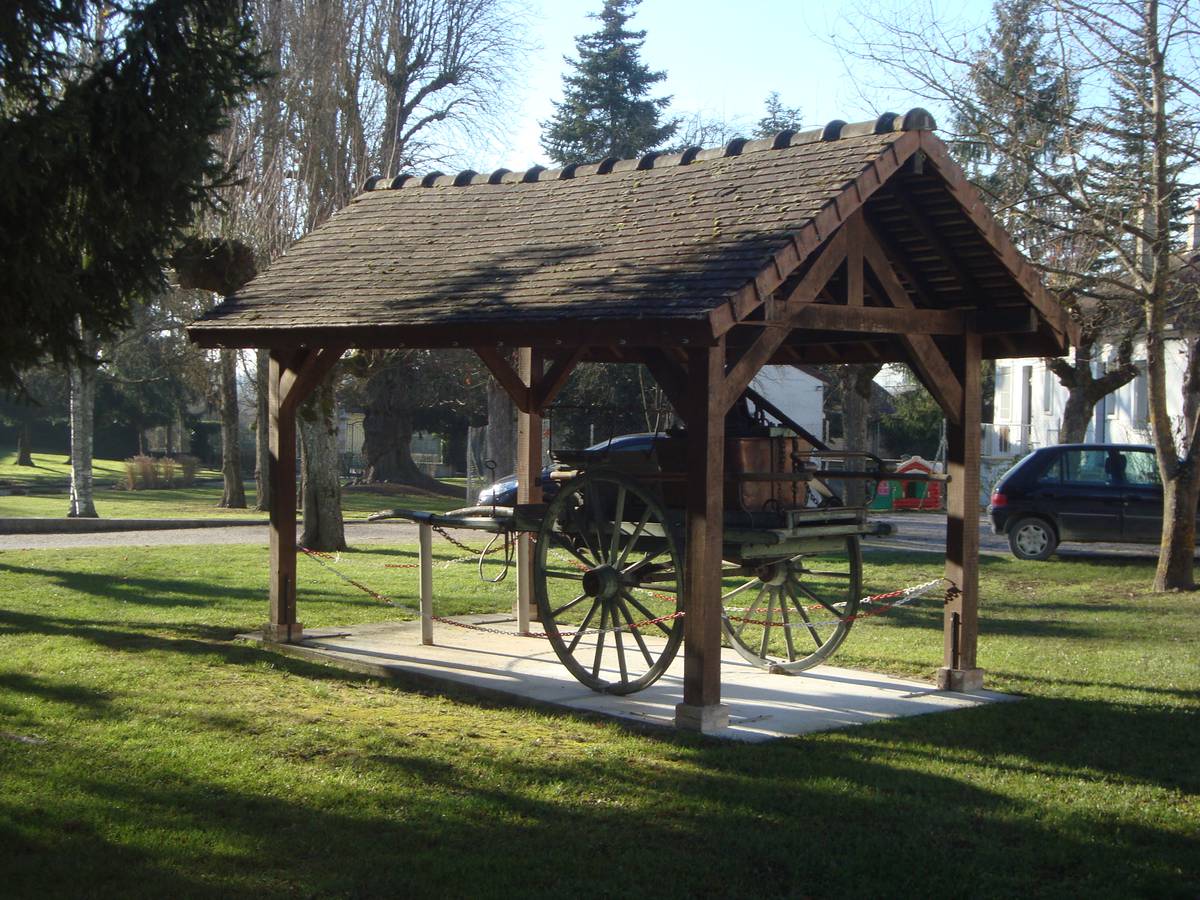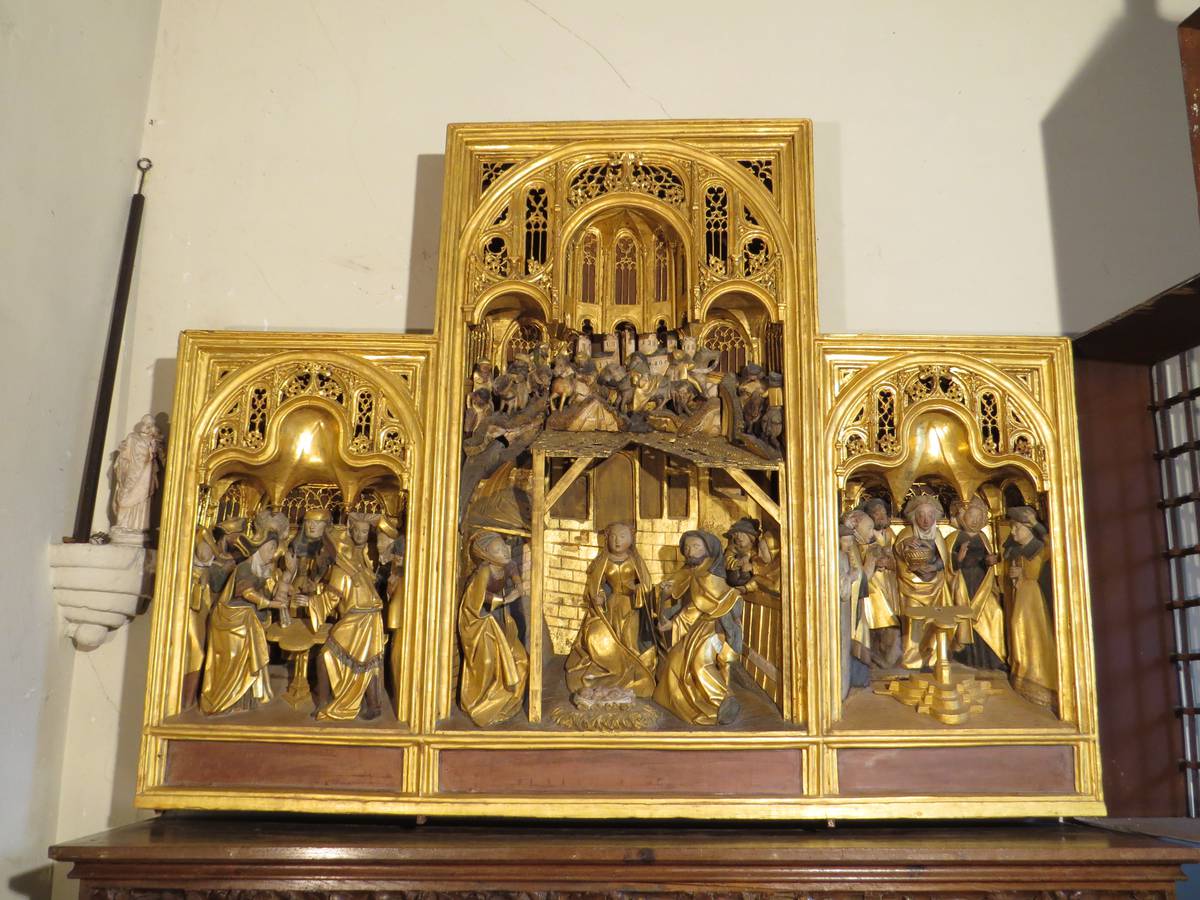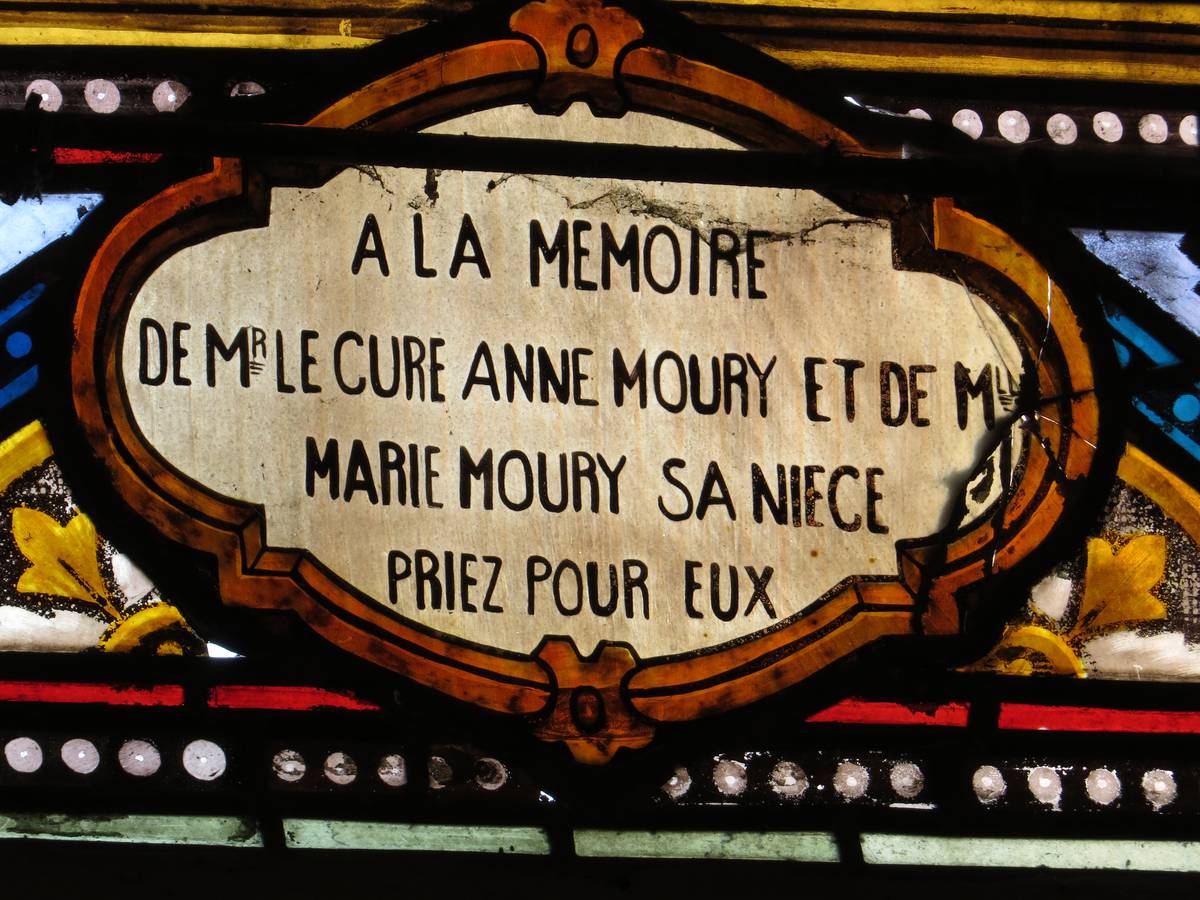This commune covers an area of almost 19km² and has around 1100 inhabitants who are known as ‘Clériciens’. It is located 17km south-east of Troyes and can be reached via the D1, D21a or the D49. It is 8 minutes from junction 21 (Saint-Thibault) of the A5 from Paris.
Clérey has nursery and primary schools and also offers residents access to a library and sports stadium. Various associations offer sporting activities, others offer board games and organise festivals, and there is an association for the parents of pupils at Clérey’s schools.
The “Les Terres Rouges” lake welcomes swimmers and water sports enthusiasts. Families and groups are welcome to spend a day here – or more if they stay at the campsite.
The church of Saint-Pierre-ès-liens dates from the 12th-13th centuries, in the very early gothic period. It was remodelled in the 17th and 19th centuries. It has been classified as an historic monument since 1926.
A chapel, known as the Chapelle du Rosaire, was added at the end of the 16th century and a painted inscription gives the date as 1588. The carved wooden altar has a Flemish altarpiece. Some of its furnishings are classifed as historic monuments, notably its painted wooden ceiling depicting the heavens with angels, the four evangelists at the corners and St Dominic receiving the rosary at the centre, all of which dates from the 17th century.
Other classified objects include polychrome limestone statuettes of saints dating from the 16th century, a polychrome wooden crucifix measuring 1.7m x 1.25m dating from the 16th century, and a wooden sculpture of the Madonna and Child that is nearly 1.2m tall.
The Seine passes through Clérey, and several wash-houses can still be seen dotted along its banks. They are evidence of the social history of the commune over nearly a century between 1850 and 1950. A wash house built in 1920 can still be seen between numbers 8 and 10 Rue du Lac. It was restored in 2000 to ensure the survival of the story of daily life going back at least a century.
A commemorative plaque set in an architectural mount was placed on the old Mairie in 1920. It commemorates those who died for their country in the First and Second World Wars.
TO FIND OUT MORE
>>> Accomodation
>>> Catering
>>> Shops and Services



